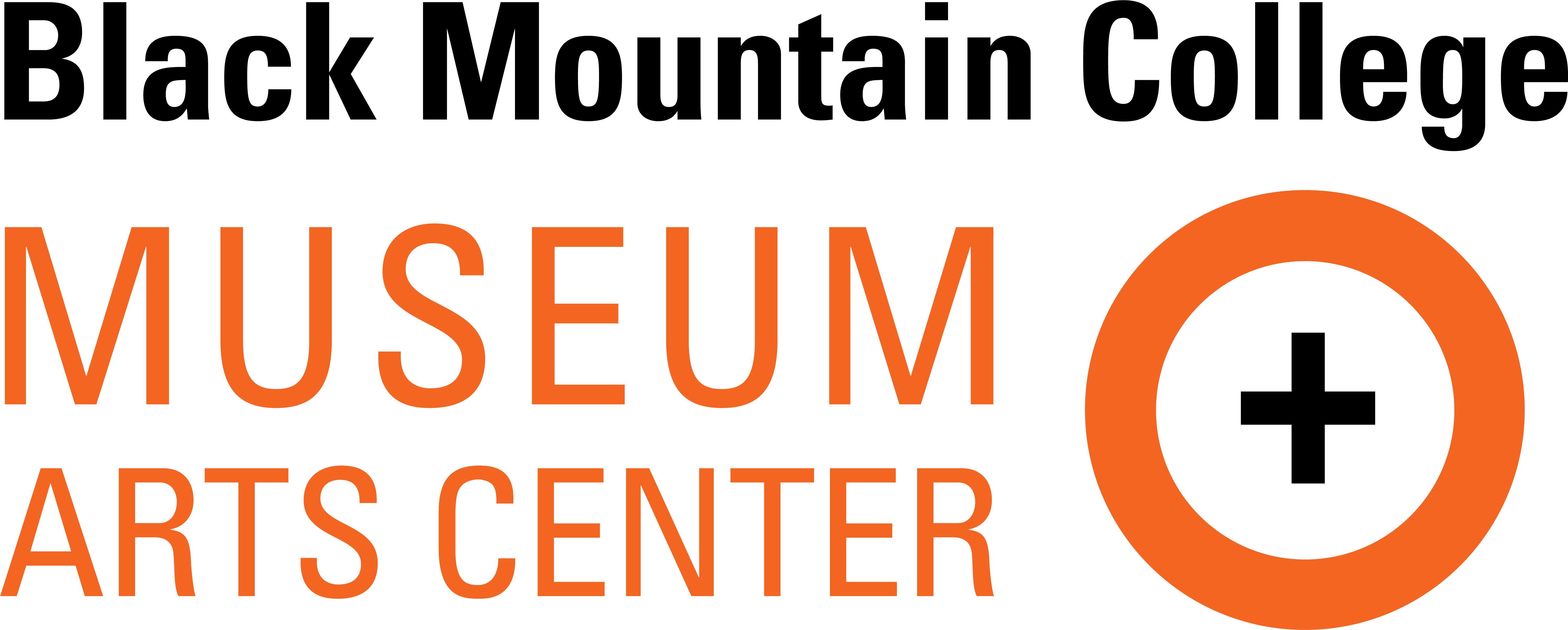Annelise "Anni" Albers

Photo courtesy of the Josef and Anni Albers Foundation.
Courtesy of Western Regional Archives.
FOCUS
Art/ Design/ Craft
ROLE
Faculty
ATTENDANCE
1933 - 1949
BIRTH
1899-06-12
Berlin, Germany
DEATH
1994-05-09
Orange, CT
Annelise Elsa Freida Fleischmann was born in Berlin, Germany in 1899 and grew up in a comfortable well-to-do family. Her father worked as a furniture maker. Intrigued with design and aesthetics at an early age, she became interested in the idea of becoming an artist. In 1922, she enrolled at the Bauhaus in Weimar. Although originally interested in painting, she was steered towards textiles, as were most women.
While she initially disliked weaving, after time Anni, as she was known, became adept at the loom and began to integrate modern art practices into her textile work.
In 1925, she married Josef Albers, an instructor at the Bauhaus 11 years her senior. The couple lived in small accommodations provided by the school. In 1933, they emigrated to the United States and began teaching at Black Mountain College, an experimental liberal arts school near the town of Black Mountain in eastern Buncombe County.
Albers’ name was splashed across American newspapers in 1946, when she and student Alex Reed’s work was featured in a show at New York City’s Museum of Modern Art (MoMA). The pair created jewelry from non-traditional material, such as hardware store items. This was following World War II when many things were in short supply or beyond the reach of the average American.
After a sixteen-year tenure in Black Mountain, the couple left the college in 1949 after the resignation of the school’s rector, Ted Dreier. That same year, Albers’ groundbreaking loom work was recognized with an exhibit at the Museum of Modern Art where she became the first fiber artist to mount a solo show. Her approach to weaving was revolutionary, creating textures and patterns influenced by indigenous South and Central American architecture and textile design.
In 1950, the Alberses moved to New Haven, Connecticut, when Josef was offered a position to chair the design department at Yale University. Anni shared her passion for creativity through writing, lectures, and freelancing as an artist and design consultant. In 1959 she authored On Designing, and 6 years later, On Weaving. Both monographs are still received with acclamation.
In her late 60s, Albers made a move from weaving to printmaking. She died in New Haven in 1994. She was 94 years old.
Biography shared by Western Regional Archives
More information about Anni and Josef Albers can be found on the Albers Foundation website.










